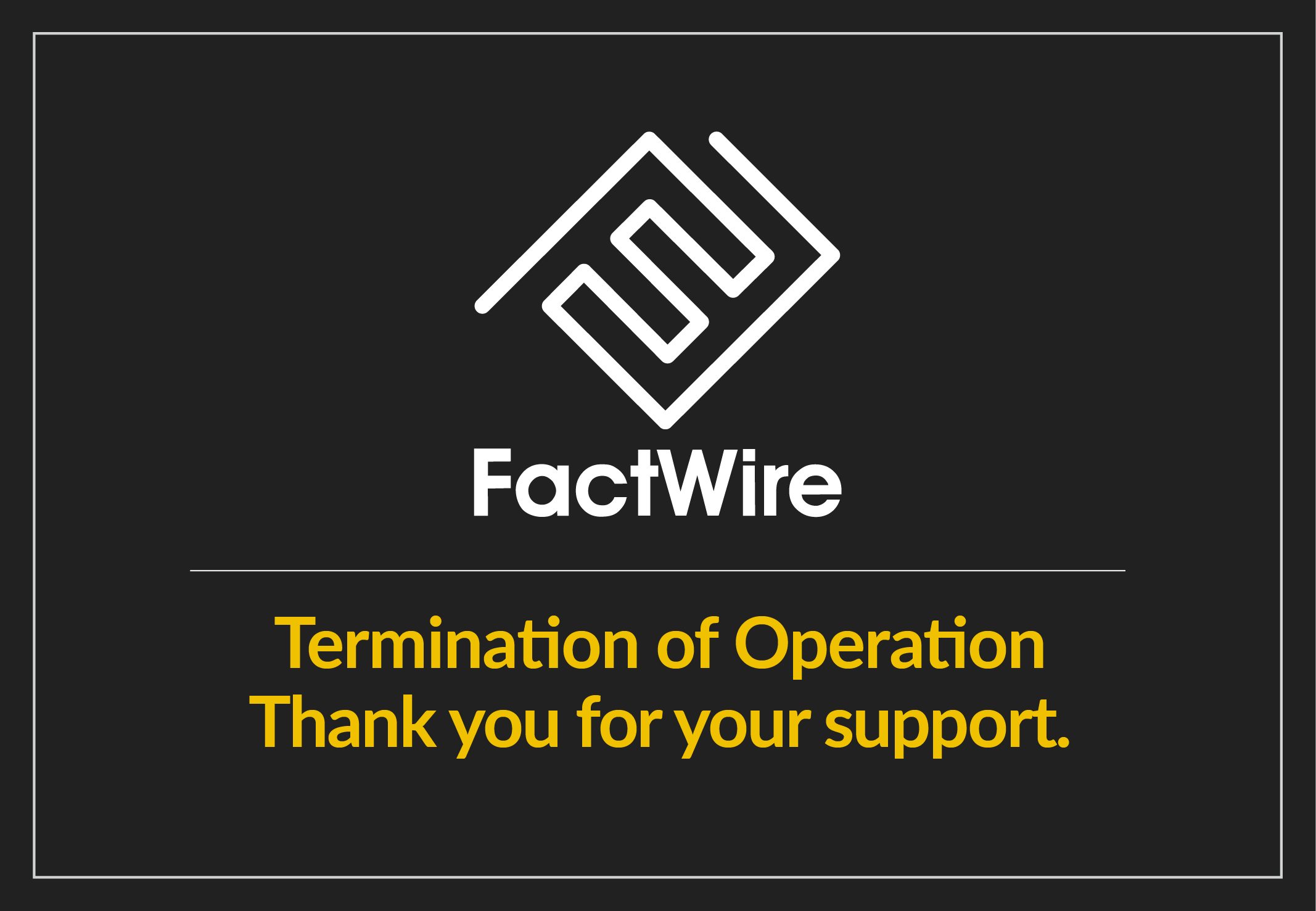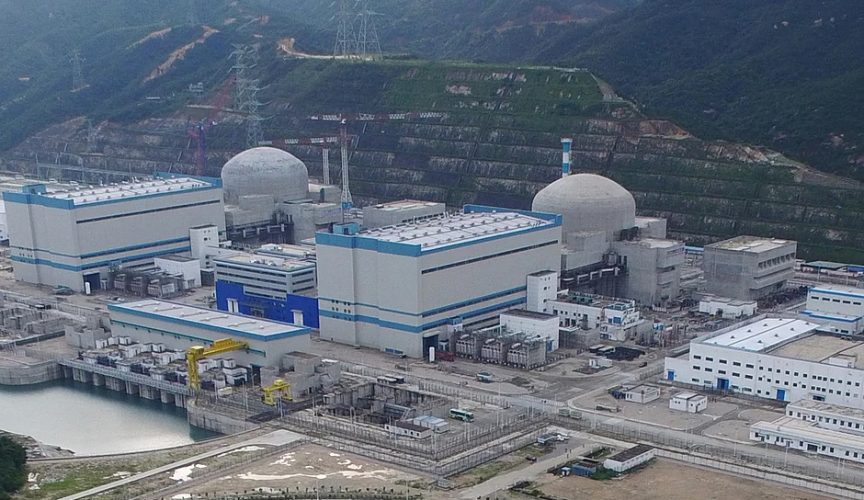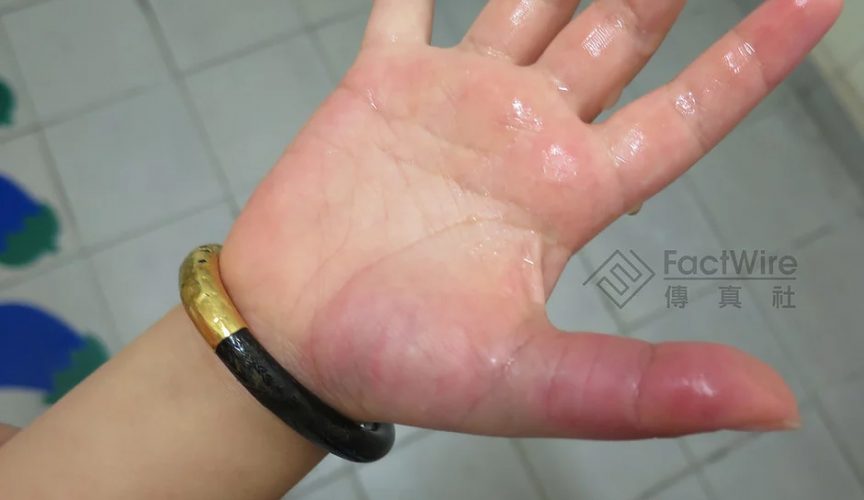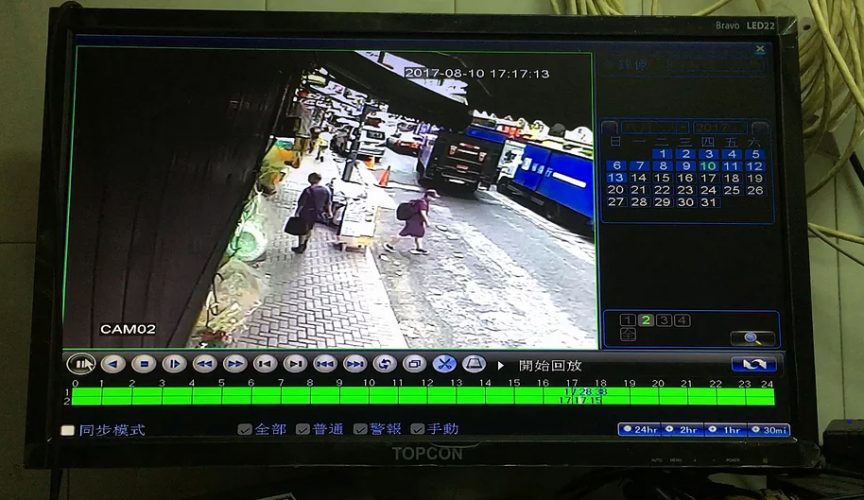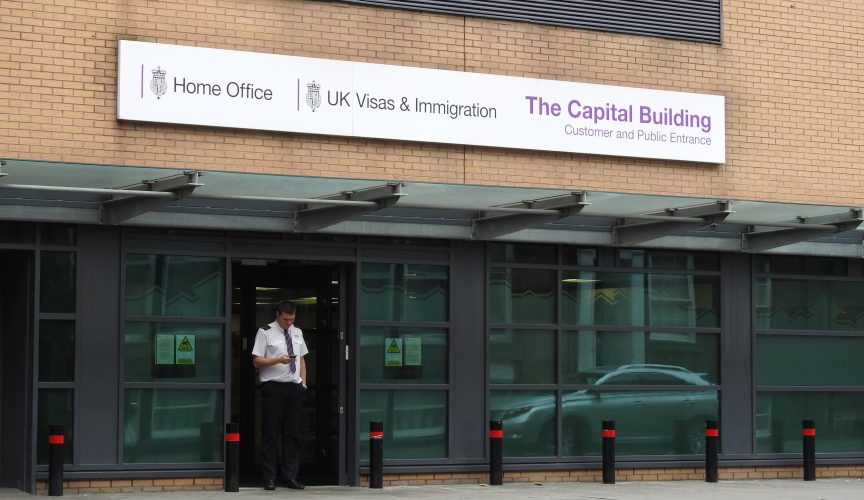A FactWire investigation saw our reporters scouring hundreds of hours of CCTV footage for evidence, and in the end raising important questions about the police investigation
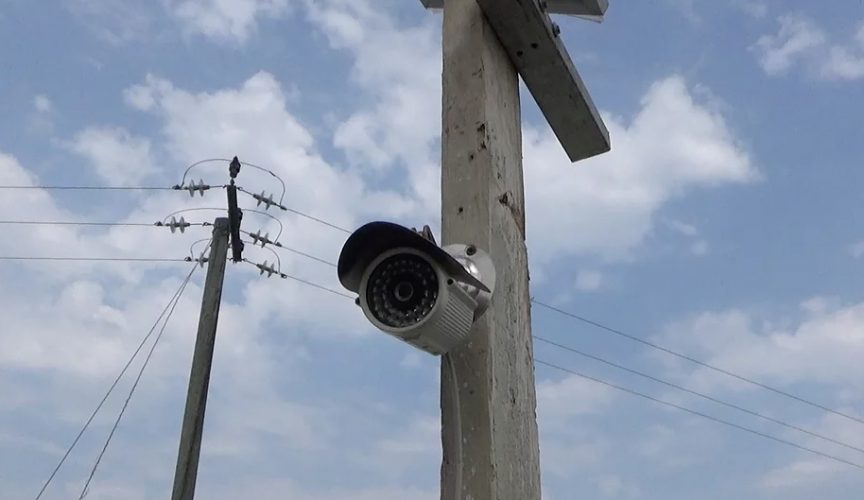
The picturesque Nam Sang Wai wetland, situated in the northwestern fringes of Hong Kong, is an important stopover site for migratory birds, including the globally endangered black-faced spoonbill and great cormorant.
The conservation area is also affectionately dubbed the “backyard of Hong Kong”. Dotted with lush reeds, glistering ponds and sprawling mudflats, its rustic landscape attracts bird-watchers, cyclists and photographers, especially on weekends.
However, since 2010, Nam Sang Wai has fallen victim to several mysterious wildfires – some were deemed suspicious by the police, all remain unsolved to date. Conservationists and politicians have long questioned if they were an intentional act to lower the ecological value of the site – 80 per cent of which is privately owned – which makes it easier for development plans to be approved. But proving that is extremely difficult.
In the early hours of 2 April, another blaze broke out in Nam Sang Wai. This time a boat and a wooden dock, used to ferry tourists from Yuen Long town across the Sham Pui River to the wetland, were destroyed. It was the fourth blaze in less than a month, after three back-to-back fires in late March scorched 14 hectares of trees and pastures.
Again, the fire was declared suspicious, and was being treated as arson. But despite four CCTV cameras installed at the pier, two days after the blaze, several news media were told by police sources that not one of them captured the incident due to a “storage problem”.
The ensuing investigation by FactWire saw our reporters scouring hundreds of hours of CCTV footage for evidence, and in the end raising important questions about the police investigation.
Two days after the fire, we started off our probe by speaking to villagers, shopkeepers and boatmen in the area, but with no immediate breakthrough. We then turned our attention to the security cameras at the pier, which were set up by Mr Tam, who runs the boat service. With his consent, we started looking into the video archive once police returned the CCTV recorder that day.
We immediately ran into several technical problems. First, Mr Tam did not connect the recorder to a monitor, neither did he have one. And when we hooked it up to one we later brought to the pier, the machine failed to detect the hard drive.
Determined to unearth the reportedly “non-existent” footage, we brought the recorder back and stayed up all night to repair the hard drive. In the end we managed to recover 5,359 video clips, totalling 950GB. The oldest clips dated back to mid 2017 and the latest were from March this year. It is not unusual for CCTV to have incorrect timestamps, but oddly, several months of recordings were missing in between, and the latest clips were only from 1 to 3 March and 10 to 13 March.
To make matters more confusing, after spending hours on end pouring over the newest clips, we were surprised to find the boat to be still complete and intact.
On the morning of the fire, the CCTV was swiftly disconnected and taken away by police when they arrived on the scene, which we got hold of a few hours after it was returned two days later. It was impossible for newer recordings to overwrite footage of the fire in such a short period of time.
There were seemingly only two explanations: either the arsonist switched off the CCTV before torching the boat, or the system had indeed stopped recording long before the incident.
The breakthrough came when one of our reporters discovered inconsistencies in some of the clips. For example, the colour balance or camera angle could drastically change in clips purportedly from the same day. We ended up going through some hundreds of clips from March again, until images of the blaze finally emerged before our eyes.
It turned out the timestamps were 21 days and seven hours faster than the actual time. Comparisons between clips supposedly recorded before and after the fire would later also explain our confusion: the CCTV recorder would reset the timestamp to 11 March everytime it was rebooted, therefore they were as many as 1,170 clips appeared to be from that day. The codes that identified the cameras would reshuffle too, hence the inconsistent camera angles.
Following some unsuccessful attempts to identify the two witnesses of the fire as revealed by the new footage, we decided to make the information public on 24 April.
This is only a small victory for us and the public: CCTV footage cannot explain years of suspicious fires in Nam Sang Wai, nevermind to unravel the web of interests behind a perhaps more insidious scheme.
But our perseverance at least brought us one step closer to the truth.

